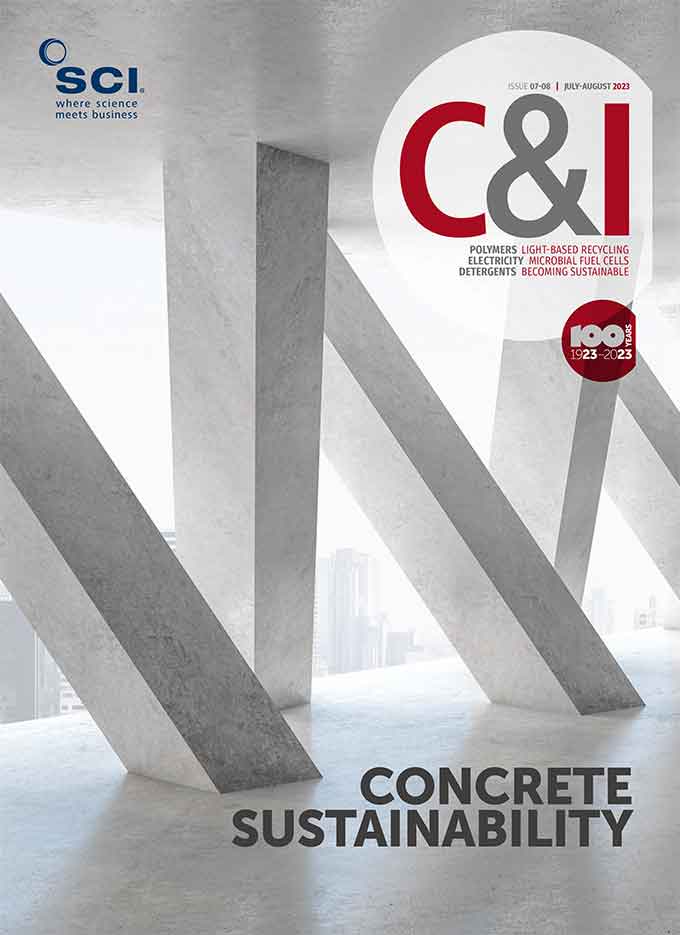Maria Burke
University of Cambridge researchers have developed a solar-powered reactor that captures carbon dioxide from the air or industrial emissions and converts it into sustainable fuels. The system also turns plastic waste into another valuable chemical product.
Carbon dioxide conversion often involves two separate processes: an isolation step to form pure CO2; and then conversion of the pure CO2 source into useful products. The CO2 isolation step is often energy-intensive because it requires heating the capture media at high temperature. Erwin Reisner’s team focuses on converting CO2 directly from the capture media, avoiding this step.
The researchers have developed an integrated photoelectrochemical system that uses simulated flue gas or air as the carbon source, plastic waste as an electron donor, and sunlight as the sole energy source.
It captures CO2 with an amine/hydroxide solution and then converts it into syngas using a perovskite-based photocathode containing an immobilised molecular cobalt catalyst. Syngas is a mixture of carbon monoxide and hydrogen, which is the precursor of industrial liquid fuel production. At the anode, pre-treated plastic waste is oxidised into the commodity chemical glycolic acid over a copper palladium catalyst (Joule, doi: 10.1016/j.joule.2023.05.022).

The Flue2Chem Project is an ongoing case study of industrial emissions being harnessed to create new feedstocks.
‘The plastic component is an important trick to this system,’ says co-author Motiar Rahaman. ‘Capturing and using CO2 from the air makes the chemistry more difficult. But, if we add plastic waste to the system, the plastic donates electrons to the CO2. The plastic breaks down to glycolic acid, which is widely used in the cosmetics industry, and the CO2 is converted into syngas, which is a simple fuel. This way, we can cut out the fossil fuel industry from the process of fuel production, which can hopefully help us avoid climate destruction.’ The team is now working on a bench-top demonstrator device with improved efficiency.
The benefit of converting CO2 directly from the capture media is two-fold, says Cao Thang Dinh of Queen’s University, Canada. ‘First, it skips the energy-intensive CO2 isolation step. Second, the gas product obtained is CO2-free. To the best of my knowledge, this is a first demonstration of CO2 conversion directly from capture solution using simulated flue gas or air. The fact that the developed catalysts work in the presence of simulated impurities in flue gas is very interesting.’
Dinh believes this demonstration is a significant step toward practical application of integrated CO2 capture and conversion technology. However, he warns there is still a long way to go. ‘First, for the system to work, the CO2 capture solution should be able to capture CO2 again after the conversion step. This requires a very high conversion efficiency from the reactor, which has not been demonstrated.
Second, both reaction rate and product selectivity need to be significantly improved to reduce the overall capital cost. Finally, long-term stability is a critical challenge for integrated CO2 capture and conversion systems.’





